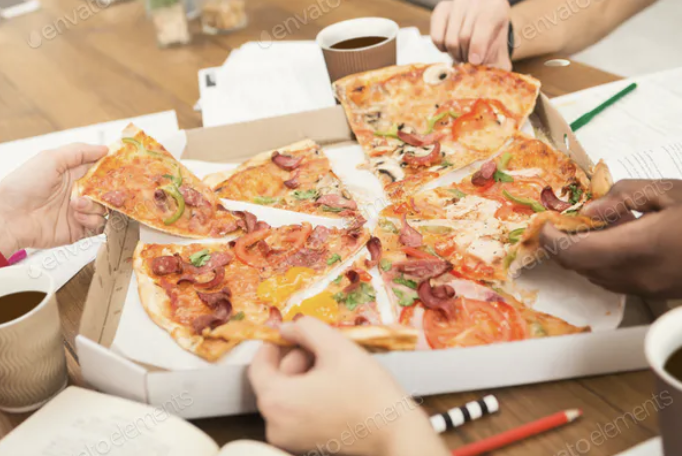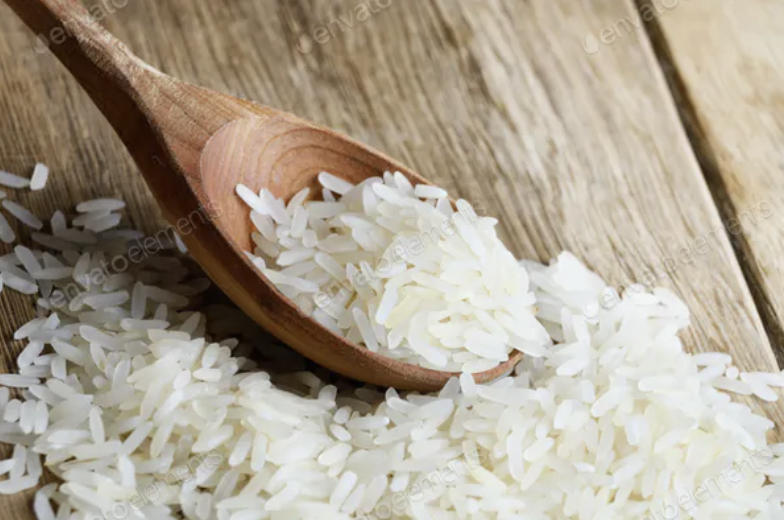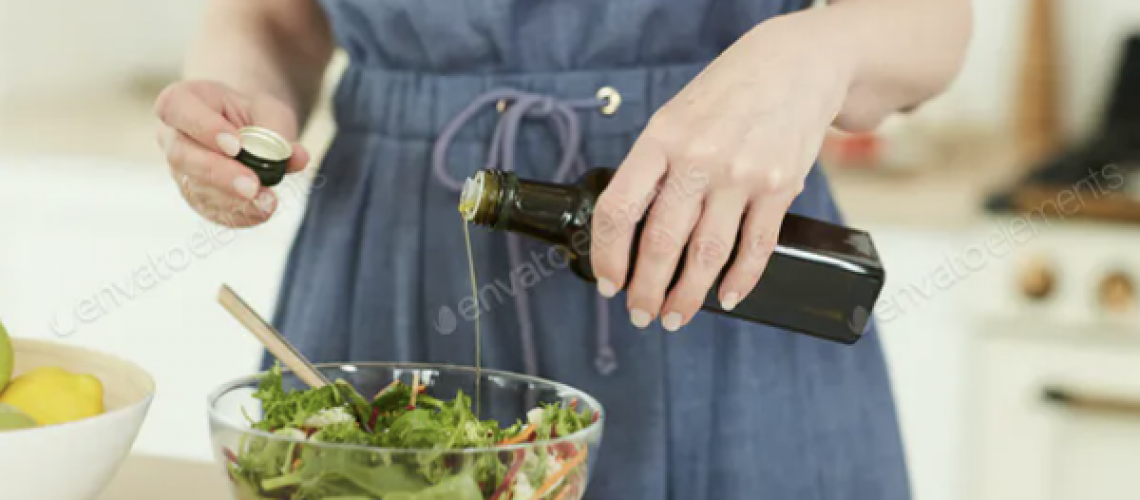During the process of getting in shape, one of the most important things you need to be consistent at is tracking your calorie intake. The number of calories you are having on a day-to-day basis will determine the outcome of your goals – if you are looking to lose body fat, then you need to be in a calorie deficit (burning more calories than you consume), while if your goal is to build more muscle, you need to be in a calorie surplus (consuming more calories than you burn).
Therefore, it is absolutely essential that you track how many calories you are consuming on a day-to-day basis. If you are unaware of your calorie intake, you will have no idea if you are doing the right things that will help you make efficient and effective progress. However, many people think they are tracking their calories but are making mistakes that affect their progress. So, what could these mistakes be and how can you avoid them?
Not Tracking Liquid Calories
One of the most common calorie-tracking mistakes is just logging in food and not accounting for liquid calories. Believe it or not, liquids have calories too – some of which have a huge amount. Water, black coffee, herbal tea, and zero sugar soft drinks have zero calories and do not need to be tracked. However, alcohol and oils have plenty of calories and should not be overlooked. When it comes to alcohol, some drinks are more calorific than others (eg. wine, lager, cider, ale) so it is important to make smart choices when you are having a few drinks with friends and family – spirits with a mixer is a great, low calorie-option if you are drinking alcohol.
However, oils are liquids that need to be tracked extremely closely. Olive oil is extremely popular for many people as a dressing and cooking option but is often not factored in when tracking calories. Despite its plethora of health benefits, it is one of, if not the most calorie-dense things you can take – it has 884 calories per 100g – so, it can be very easy to slip out of your calorie deficit when you add even a small amount of olive oil and other oils into your diet. Ideally, you should look to avoid liquid calories, but if you want to include them, you must track them. This could make the difference.
No Planning

It is very important that you plan or at least have a good idea of what you are going to be eating during the day. If you are new to calorie tracking, you should be planning this in a notepad/journal or logging it into an app such as MyFitnessPal. The more experienced you get, the less you will need to write things down as you will have a better idea of how many calories are in what you are consuming.
Planning is an excellent habit to get into with your food because it gives you structure. You should have a variety of options for breakfast, lunch and dinner and then pick from those options, while sticking to your calorie intake. It also means that you are less likely to binge on other foods and then have little idea of how many calories you are consuming. If you have planned well and hit your protein target, you may have calories left over the can be used for some chocolate or a beer, for example. This will make your diet not over-restrictive but still consistent, enjoyable and effective, so long as you stay within your calorie intake.
Not Weighing Your Food
When it comes to habits for calorie-tracking, this is up there with the most important. Firstly, there will be plenty of foods that you won’t need to weigh, such as bars and shakes, as well as low calorie foods like vegetables, lean meats and certain fruits. However, for the higher calorie foods and liquids that you are only taking a certain amount from, you will have to start weighing. In terms of carbohydrates, such include rice, pasta, potatoes, bread, couscous, and quinoa, among others, decide how much you want to have, calculate the nutritional information on the back of the packet and log it in.
You also need to weigh food or liquids that are high in fats, such as nut butters, certain meats and fish, nuts, oils, butters and dressings. This is especially important because, in one gram of fat, there are nine calories, compared to just four calories per gram of protein and four per gram of carbohydrates. Not weighing these ingredients is where a lot of people slip up and it is vital that you weigh and track it, so that you know how many calories you are consuming.
Mixing Up Raw And Cooked Information

This is a very easy and common mistake people make. When you weigh your food, particularly those that are only being used for a certain amount, such as carbohydrates, and meats, you will want to make sure that you are weighing it raw and not cooked. This is especially important for carbohydrates such as rice, pasta, couscous, and quinoa. For example, rice weighs three times as much when it is cooked as when it is raw due to the absorption of water when being cooked, while pasta weighs twice as much.
So, when you are weighing these foods, be sure to look at the raw/uncooked nutritional information on the back of the packet and then weigh it when raw. This will make the process much more simple and less complicated than trying to weigh it when cooked.
Using Inaccurate Nutritional Data
The last common mistake people make when tracking calories is relying on nutritional information from an app or the internet. These readings can be inaccurate and potentially prove to be the difference to you making progress and stagnating. Make sure that you use the nutritional information on the back of the packet as your main source of data for everything you consume.
For certain foods, such as healthy snacks, where you consume everything from the packet, this would be easy as it usually provides the nutritional information for the whole packet. With other foods, where you consume only a certain amount, you will have to check the data on the back of the packet, weigh how much you are going to have, and then calculate the calories from there.
With certain situations, such as when you eat at a restaurant, you may have to use the internet and your phone app to make a rough estimation. However, make sure this is only an occasional scenario, as you want to be as accurate as possible when you track your calories. After checking the nutritional information on the back of the packet, you can then refer to your phone app to log in your food, if you prefer.
Summary
So, if you want to see progress with your goals of fat loss and getting in shape, make sure that you do not make these common mistakes when it comes to calorie-tracking. Track everything you consume, including liquid calories, plan what you are going to consume, weigh what you will consume (if it’s only a certain amount), be careful of mixing up raw and cooked information, and use the nutritional information on the back of the packet as your main source, before referring to the internet or an app on your phone.
Avoid these mistakes, get into the routine of tracking your food and stay consistent. If you do so, you will have a much greater chance of seeing progress.
Photo Credit: Getty Images


